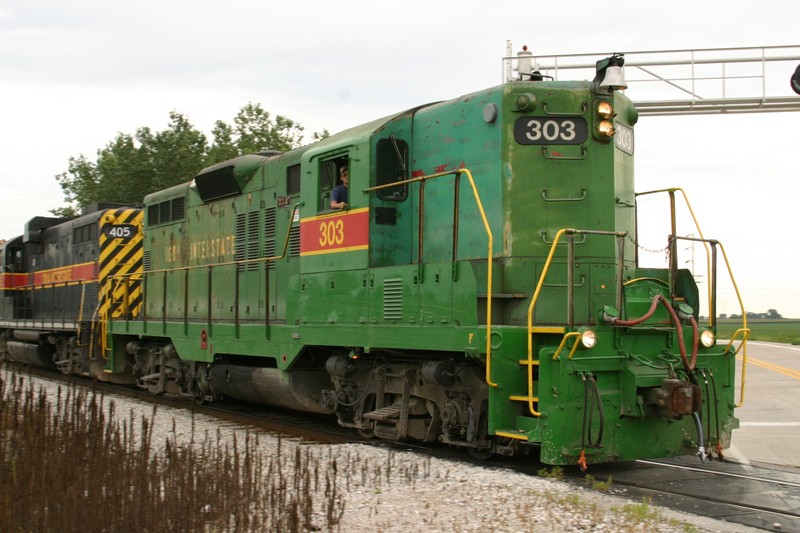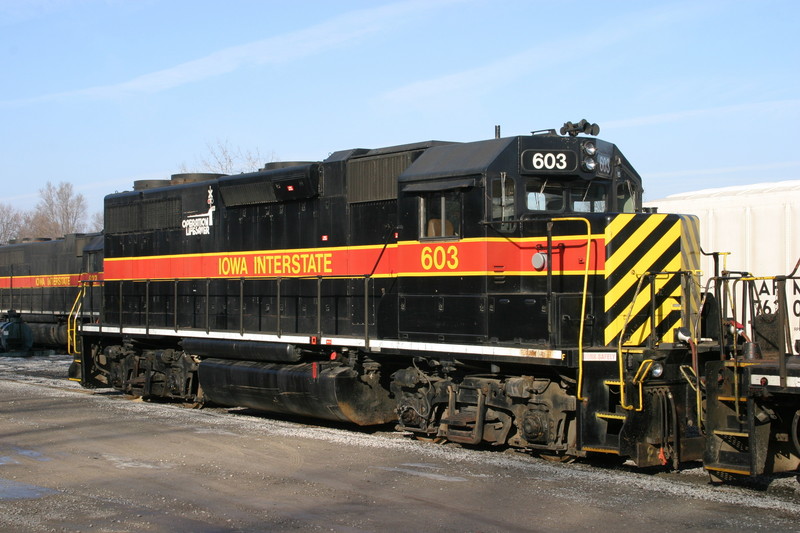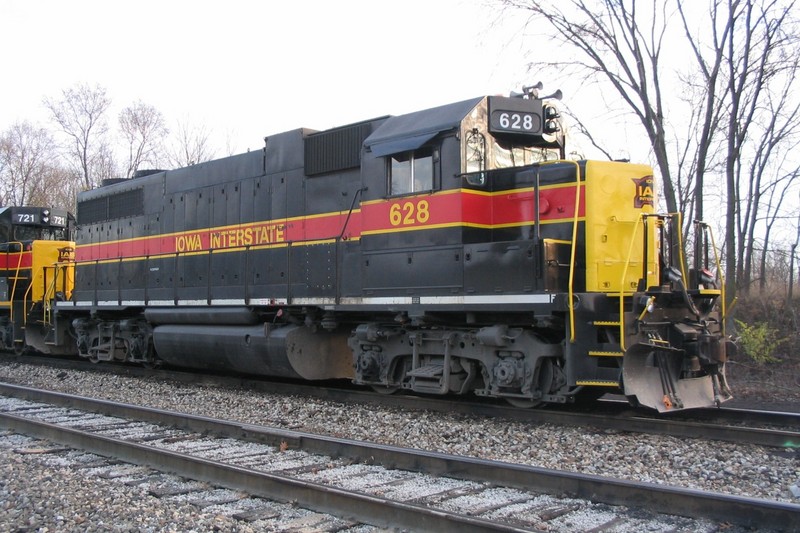CWE motive power
Quote:
I'm not sure which engines you are referring to, as all of the motive power on the layout has been available in the market at some point over the years.
I was just referring to power I hadn't seen on the CWE before perusing your blog yesterday. The C628, six-axle U-boat, SD35, and EMD SWs were new to me. All I'd previously seen were EMD Fs, GP7/9s, and SD40-2s - not that there's anything wrong with that - those are some of my all-time favorites.  Anyway, it made me wonder what else you have on the roster.
Anyway, it made me wonder what else you have on the roster.
Quote:
Thanks for the comment about the bells- that's one of those little details that I added in an attempt to achieve the "family" look.
I think you're demonstrating an important lesson for proto-freelancers: Choose a unique but noticeable detail location that prototype roads never used, and apply it to every unit. To me, doing so is a subtle but effective way of validating your prototype's existence. It's almost as if you're saying, "Of course this prototype existed! Where else would I get the idea of putting the bell at the top of the long hood?".
To other proto-freelancers who might wish to consider this: For ideas on what I'm referring to, look at nose gongs used by the CNW and DT&I, the Soo's practice of mounting horns on the angled portion of the cab roof above the engineer, the number plates the MILW welded at the top of the long hood side behind the DB blister, or the B&LE's inset sand fill hatches in the nose. I'm not suggesting that you copy exactly what those roads have done, but that you give it your own twist, maybe mounting a gong bell in the side of the short hood, or offset to one side on the front, inset into the nose?
Unit number locations are another opportunity for proto-freelancers to demonstrate this identity, by putting them in a unique but consistent location, such as on top of the flat cab roof surface to make them more visible for tower operators. Or maybe a small vertical plate could be added atop each unit for that purpose (something I think the Union RR did, IIRC, but you could choose a different location). CP painted the unit number across the end of the long hood, but I don't recall any road that's ever done so on the short hood, so there's another possibility.
Even small roads with limited budgets often have telltale family details, but due to the often secondhand nature of their rosters, they may appear more gradually over time as units are shopped. On my prototype, back in their more lean days before they started buying new power, one such detail was the appearance of round short hood vents on the right side of the nose, such as seen in the examples below (photos by Nathan Holmes and Erik Rasmussen).



Other family details of IAIS units can be seen in the photos above: Their practice of painting the receptacles on the outer MU hoses orange, and on the 603, the "Work Safely" sticker in the step well. The latter was a part of virtually every IAIS repaint up until the late 1990s, but then fell out of favor. The 303 and 628 both had their front step wells repainted as part of touch-ups done in 2004, so both lost their "Work Safely" reminders then.
For proto-freelancers, I think the important thing is to make the location of the detail something readily noticeable, but also somewhere that no other road has used before. Finally, come up with a reason for the decision. A railroad's Chief Mechanical Officer wouldn't make a decision like this, one that would cost money to implement, without having a good reason. Tom never said why he chose to mount the bells on the rear of his long hoods, but I could see that making sense as a way to keep them clear of snow, while still leaving them high enough that they're easy to hear.
Anyway, I'm sorry to go off on this tangent Tom, but I think you've set a great example for other proto-freelancers, and one that deserves more attention.